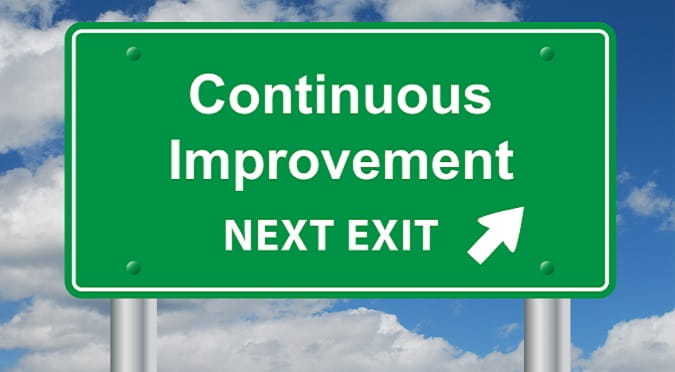
Dec. 12, 2018 | InBrief
Lean methodology in banking M&A
Lean methodology in banking M&A
Utilizing Lean methodologies as part of your M&A strategy may help your bank realize more value.
To be expected, acquisitions can cause significant disruption to the day-to-day operations of a bank. Because of the potential change in business processes as well as reallocation of the workforce, this disruption creates a significant opportunity to implement a Lean Culture into the bank's operations. Lean Culture is a methodology that was first implemented in the manufacturing industry at Toyota Motor Corporation and focuses on minimizing and eliminating waste while maintaining and improving productivity to improve overall customer value. Leveraging this methodology in a bank acquisition can help to identify and incorporate the best people, technology, and processes from both banks, setting the combined future state bank up for long-term success.
Implementing Lean methodology as a part of your acquisition or merger
As part of West Monroe's Target Operating Model (TOM) for bank integrations approach, an overall future state strategy for the bank should first be agreed upon at the executive level. After that, a major process inventory should be completed at both banks to help understand the significant operating processes that are ongoing. Future state processes are then developed using Lean principles with alignment to the bank strategy. Some of the main tenants of Lean that will be applied when developing the future state processes are:
-
Lead time reduction serves to decrease the end-to-end elapsed time until a customer request is fulfilled and is achieved through the elimination of non-value-added tasks
-
Workload balancing will enable operations to match capacity demands in order to eliminate bottlenecks and minimize downtime between individual functions
-
Routing standardization reduces the variation in volume and complexity by grouping like services based on their process routing
-
Elimination of rework is achieved through building in quality controls at various entry points and increasing visibility to ensure errors do not get passed downstream
-
Overall reduction of the 7 forms of waste including transportation, inventory, motion, waiting time, over-production, over-processing, and defects
Finding value with Lean principles
When using Lean in a service operation industry (not manufacturing physical products), like banking, most of the major principles still apply, but the focus shifts to continuous improvement and the client experience. Potential advantages of using a Lean approach for your bank integration may include:
Improving your ability to absorb escalated volume
When two banks are merged, the future state operations must support the volume of both banks' clients. Many banks struggle to manage the increased volume within a single operation. This can be expounded by the increase in new client onboarding rates from the expanded geographical and marketing footprint. Defining an optimized process that reduces waste and allows for scalability will help a bank meet its clients demands during and after the integration.
Standardization of processes and best practice adoption
Optimized processes are documented and standardized across all operations. This allows for consistent workflow and client experience that can improve operational reporting and overall client satisfaction. It also allows the bank to quickly scale their operations and absorb increased volume without the need for additional resources. Understanding the processes that are duplicative between banks provides an opportunity to reduce the number of vendors required and can reduce costs that tie into the synergy analysis of the integration (link?). Best practices are documented in the form of policies and procedures and shared throughout the organization to provide consistency and efficiency. With a consistent process and workflow it is easier to allocate the appropriate workforce to each job function. Documented processes and procedures also allow for quicker training of new hires and current employees in a new role.
Advantages of having an ongoing Lean culture
Implementing a Lean methodology is more than just a one-time process improvement. It can create a culture of continuous improvement with ongoing responsibilities that allow a bank to meet the demands of its ever-changing environment. Taking advantage of the merger disruption to implement a Lean Culture will place the bank two steps ahead when managing future influxes in volume, training new hires, and integrating another bank.



